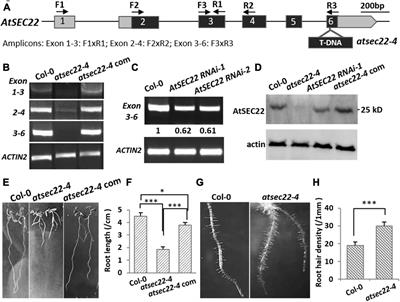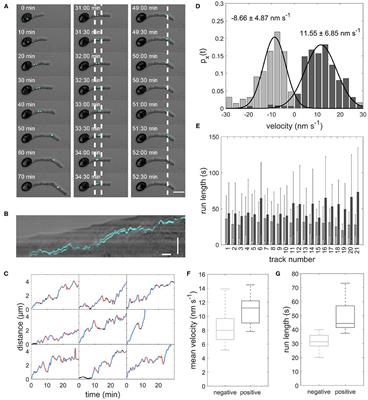EDITORIAL
Published on 06 Jul 2021
Editorial: How Cells Build Plants: Regulatory Mechanisms for Integrated Functioning of Plant Cells and the Whole Plant Body
doi 10.3389/fpls.2021.706892
- 1,453 views
12k
Total downloads
48k
Total views and downloads
EDITORIAL
Published on 06 Jul 2021
ORIGINAL RESEARCH
Published on 04 Jun 2021

ORIGINAL RESEARCH
Published on 18 Feb 2021

ORIGINAL RESEARCH
Published on 16 Feb 2021

ORIGINAL RESEARCH
Published on 18 Jan 2021

ORIGINAL RESEARCH
Published on 22 Oct 2020

ORIGINAL RESEARCH
Published on 16 Sep 2020

ORIGINAL RESEARCH
Published on 09 Jun 2020

ORIGINAL RESEARCH
Published on 28 Apr 2020
